
Hermeticism is a historical system of thought with deep spiritual and philosophical roots. Mysterious and influential, it spans centuries and cultures, offering a rich body of ideas that fascinate seekers and scholars alike. The following facts outline the core ideas that shape this enduring tradition.
Hermes Trismegistus Is A Fusion Of Gods
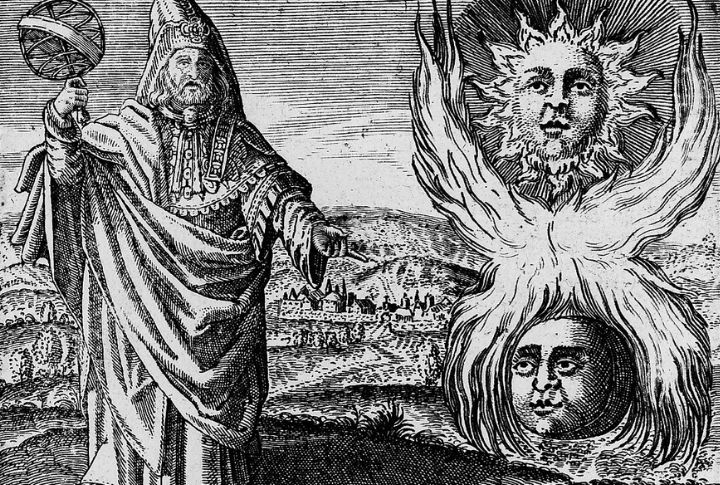
Hermes Trismegistus is a mythical figure who is said to be a fusion of the Egyptian god Thoth and the Greek god Hermes. He represents profound knowledge and is credited with authoring the essential Hermetic lessons, which shaped Western esoteric thought. His name, meaning “thrice-great,” highlights his enlightenment and authority in intellectual and cosmic realms.
The Hermetica Preserves Core Teachings
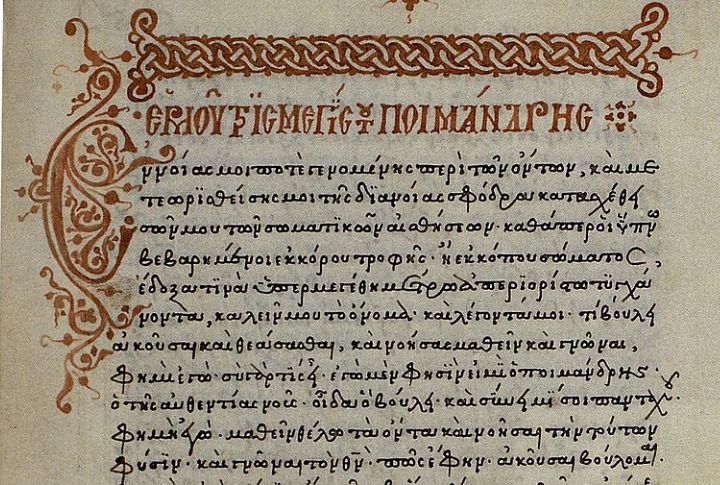
Written between 200 CE and 300 CE, the ancient texts known as the Hermetica explore the soul, the mind, as well as the transcendental concept of rebirth. They are composed in Greek, with strong Egyptian spiritual influence. These writings form the foundation of Hermetic philosophy and offer insights into existence and higher consciousness.
“As Above, So Below” Is A Hermetic Principle
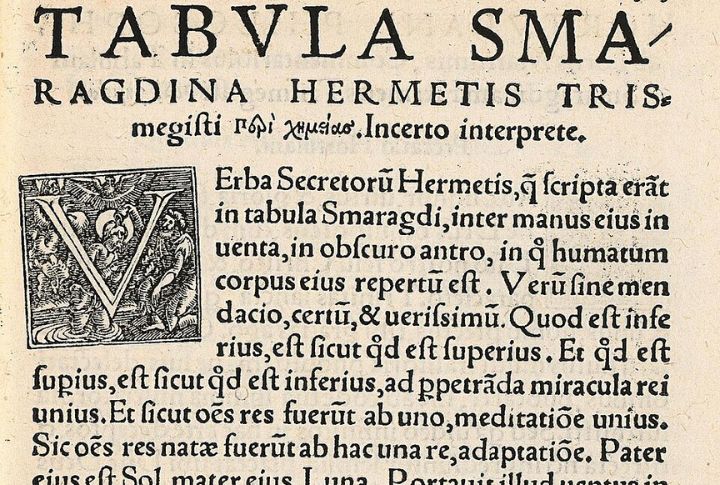
“As Above, So Below,” a key principle from the Emerald Tablet, expresses the harmony between the universe and the self. It explains how patterns in the cosmos mirror those within us. Such a timeless idea remains widely quoted in mystical and metaphysical traditions that emphasize the unity of all existence.
Hermeticism Teaches The Soul’s Divine Origin
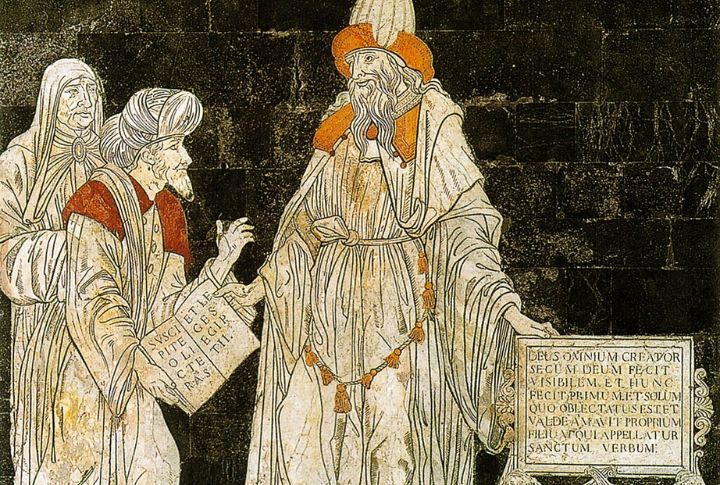
The teachings say that the human soul is a spark of the sacred, and it seeks reunion with its source through wisdom and inner discipline. Hermetic ideologies emphasize enlightenment rather than sin or salvation. This path of self-discovery aligns with broader esoteric teachings by focusing on personal transformation and the realization of one’s higher nature.
Spiritual Rebirth Is Central To Hermetic Practice
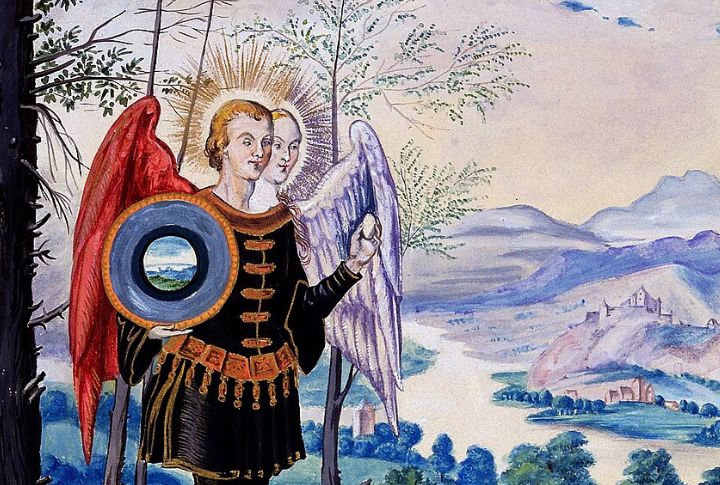
Spiritual rebirth refers to a profound self-awakening, often likened to a “second birth.” It symbolizes the shift from ignorance to divine awareness. The process involves a profound change in consciousness rather than an external ritual. Achieving such an awakened state is considered the ultimate goal of this path.
It Says Fate Can Be Transcended Through Knowledge

Hermeticism accepts the reality of fate but teaches that it can be transcended through knowledge or gnosis. By awakening the soul, one can rise above cosmic forces. According to them, the truly wise live by truth, not by the stars. This view offers rare existential empowerment in the context of archaic thought.
Dialogues Reveal Personal Paths To The Divine
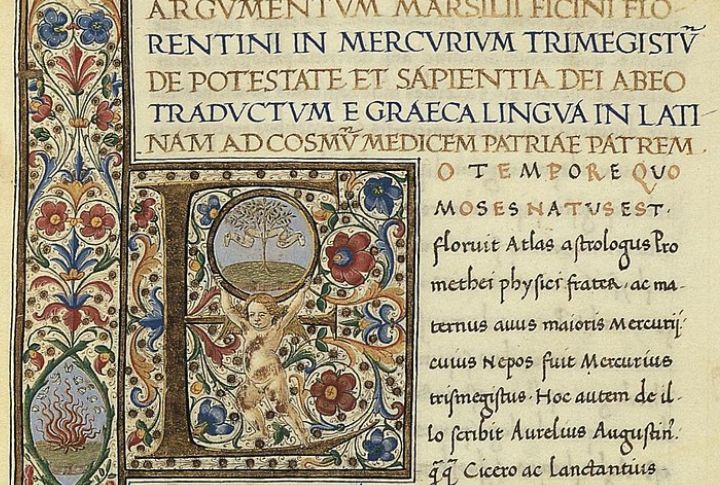
Framed as dialogues between teacher and student, the writings disclose personal paths to the cosmic truth. Each dialogue explores essential truths about the spirit and the universe. It aims to lead seekers toward direct spiritual insight and a stronger connection to the universal source.
Hermeticism Views The Cosmos As A Living Being

The teachings also say that the universe is conscious, eternal, and intelligent—a living whole filled with sacred meaning. Nature isn’t dead matter but a reflection of inner truths, and everything is interconnected. This view anticipates modern ideas of a purposeful, unified cosmos.
It Strongly Influenced The European Renaissance

Rediscovered and translated in the 15th century, the Hermetic texts inspired philosophers and scientists seeking more profound truths. It helped revive mystical and philosophical practices in Europe and was seen as a source of ancient knowledge older than Christianity. The rediscovery shaped the philosophical and intellectual currents of the Renaissance.
Modern Esotericism Still Draws On Hermeticism

Freemasonry, Theosophy, and New Age thinking are all shaped by this system. The Kybalion (1908) simplified Hermetic principles for modern readers. Many mystics still turn to the Hermetica for insight today. Its lasting influence shows how the culture’s knowledge continues to evolve and inspire consciousness seekers worldwide.

